You may have read our recent post charting some of the most famous (and infamous!) gigs and concerts which have taken place in Teesside over the years.
Teesside has a long-standing history as a place of live music. From the early music halls and theatres which sprang up in the region’s towns, to the modern events venues which have played host to some of the world’s top acts.
Along the way, some of the more famous venues have disappeared from the landscape, but they remain within living memory of many Teesside residents as places they used to visit to see live music.
So what happened to these famous music venues?
The Kirklevington Country Club

Commonly known as ‘The Kirk’ to anyone who visited, this country club stood on a bend in the A67 (previously the A19) road outside the village of Kirklevington, to the south of Yarm.
Originally built as a petrol station, the buildings were eventually extended when legendary owner Tommy Reay took over in the 1950s. He starting putting on events and offering drinks to motorists.
Then, from 1965 new owner John McCoy starting building the venue’s stature. He had a reputation for booking and promoting young, unproven bands and the Kirk, which was gaining popularity as a venue, was the perfect place to host them.

Over the years the Kirk played host to acts that would go on to mega stardom, including Jimi Hendrix, Eric Clapton, Rod Stewart, Thin Lizzy, Simple Minds, Mott the Hoople, Chris Rea and Dire Straits.
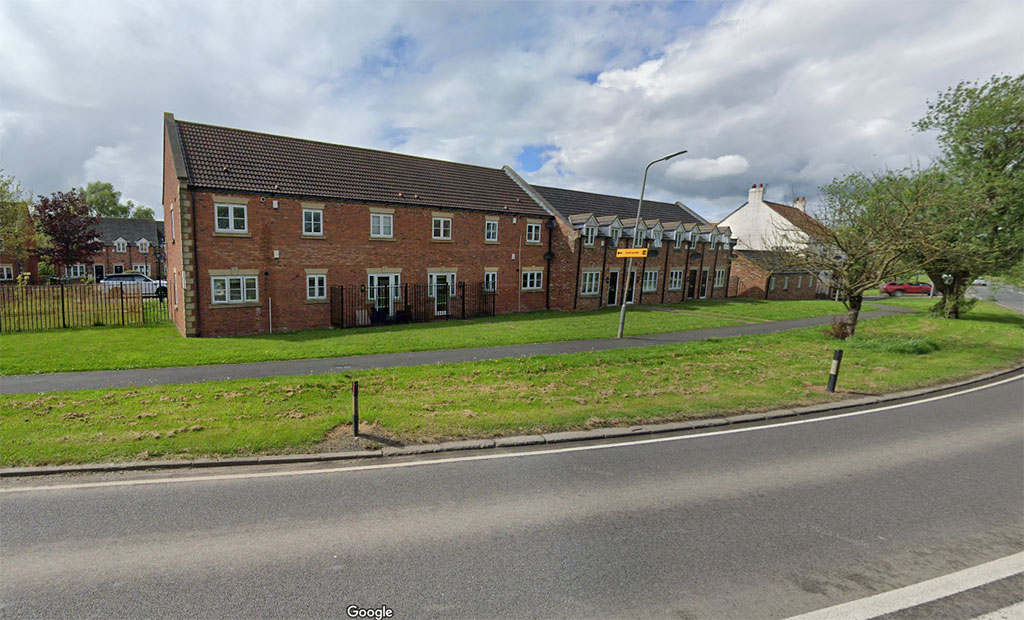
The Kirk site today
The Kirk gradually became more of a restaurant, and then in the 1990s a modern nightclub. It eventually closed, and was demolished in the early 2000s. Today, modern houses stand on the site.
The Astoria, Middlesbrough
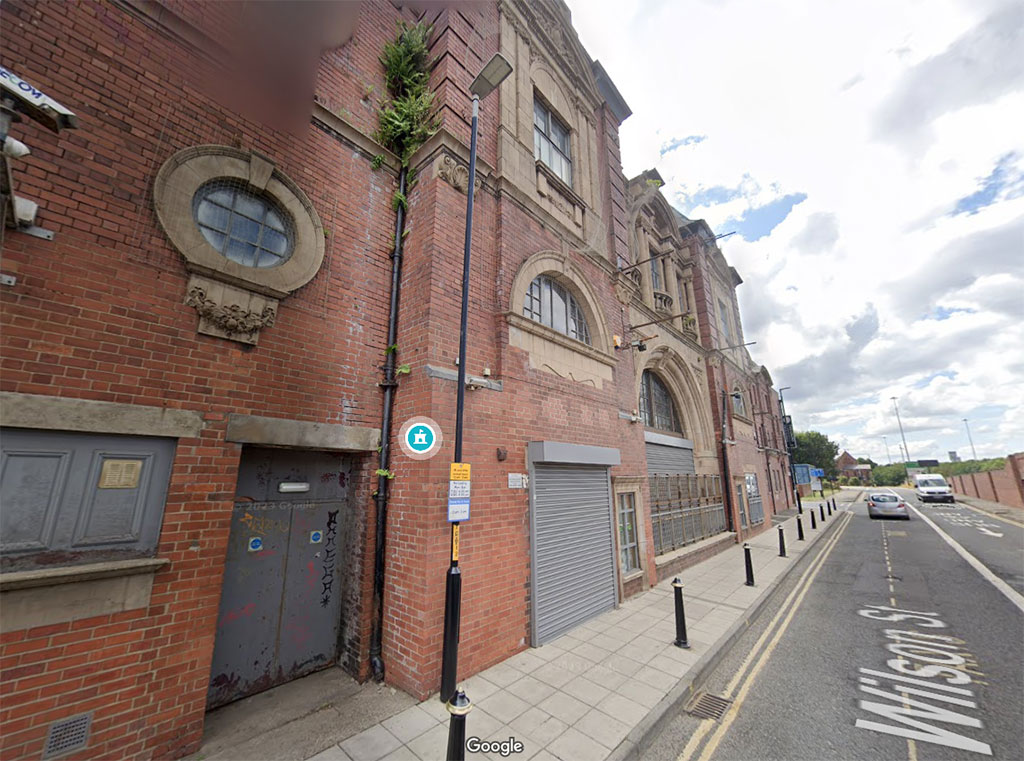
The former Astoria Ballroom in Middlesbrough.
The Astoria ballroom was a dancehall and some time live music venue on Wilson Street in Middlesbrough.
It had actually opened in August 1906 as a theatre known as the Hippodrome, and was infamously constructed on the site of a former Quaker burial ground… the bodies had to be reinterred in Linthorpe Cemetery to allow the site to be built on!
From 1913 the venue was converted into a cinema, but the stage was retained.
In 1956 it became a ballroom known as the Astoria, where music acts were added to the bill. Most notable of these was The Beatles, who graced the stage on 25 June 1963. This was before ‘Beatlemania’ took hold.
In 1987 the venue became a bingo hall, and from 1991 it was converted into a nightclub which changed names over the years. These included the Showboat and The Venue, with the ground floor operating as the Chicago Rock Café (utilising the original stage) for a number of years.
Today the building still stands, and its current name is the Grand Astoria Venue, harking back to its previous name. It is available for weddings and other events.
The Fiesta
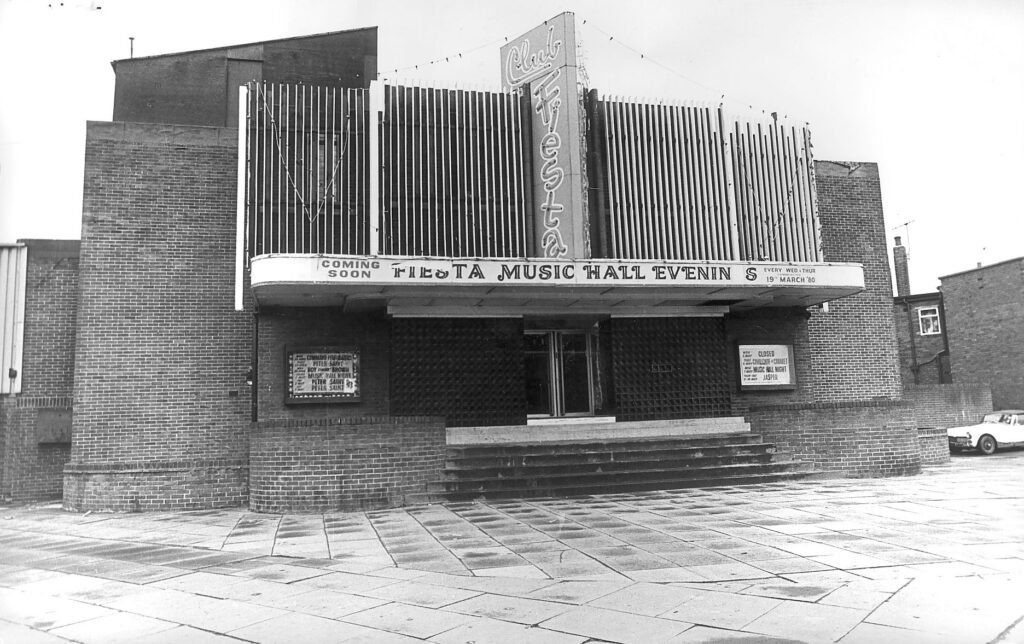
Another legendary venue for those seeking entertainment in the 1960s and 70s was the Fiesta Club on Norton Road, between Stockton and Norton.
This former 1930s cinema was acquired and turned into a venue where patrons could come and enjoy a meal, a drink and live entertainment, opening as the Fiesta in 1965.
Teessiders Keith and Jim Lipthorpe guided the Fiesta to great success from 1971, booking many top names in showbusiness, including acts such as Roy Orbison, Dusty Springfield, Tommy Cooper and the Four Topps.
Guests would pay an admission fee and enjoy a wonderful night, usually including the Fiest Fawns – attractive young girls who would wait on tables.
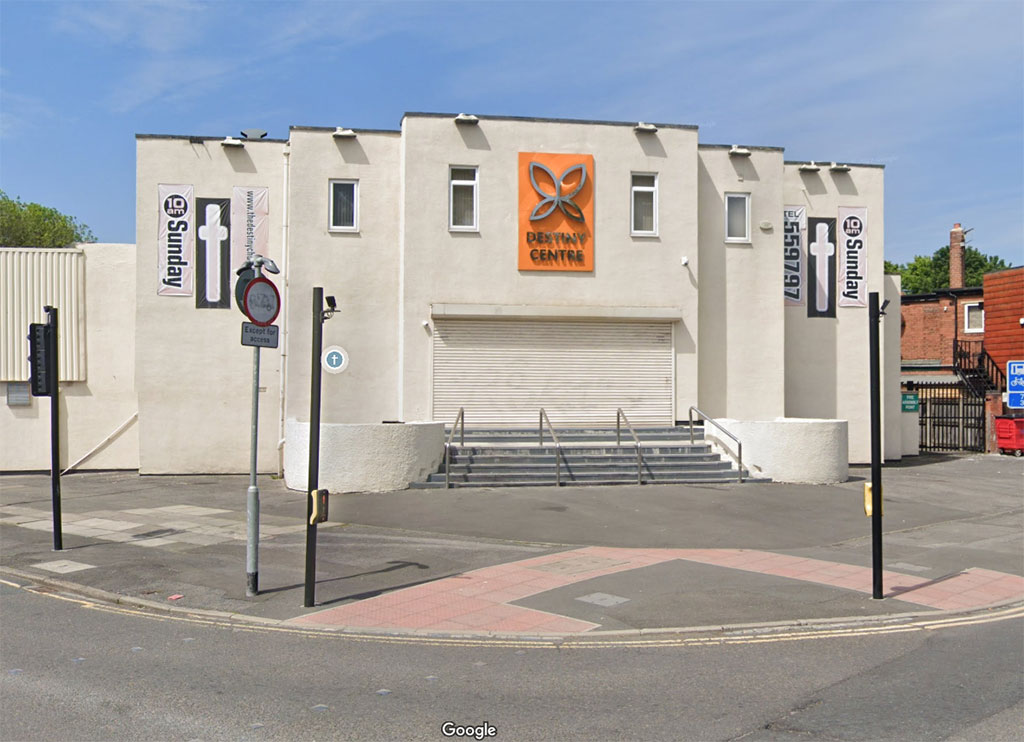
The Fiesta Club is now the Destiny Centre church
Closing down in the late 1970s, the Fiesta went on to be used as a nightclub, and today is still there, albeit used as the Destiny Centre church.
The Rock Garden
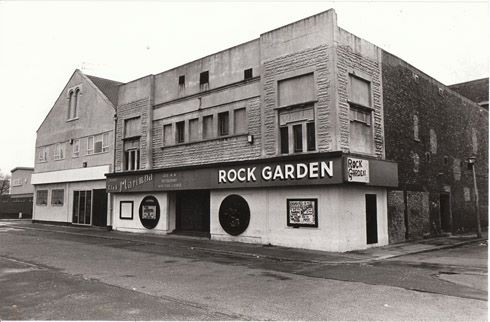
One of Middlesbrough’s smaller venues was the Rock Garden, on Newport Road. From 1976-1981 it was a notorious venue, hosting up-and-coming punk acts like The Sex Pistols and The Clash, as well as rock acts like Dire Straits, Iron Maiden, The Police, OMD and New Order.
The venue was built as the Pavilion Theatre in 1913, and operated as such until 1957. Through much of this time it had operated as a cinema, being owned by the Gaumont Group for a time.
Following the time operating as the Rock Garden, it was refurbished again and opened as the Arena nightclub and music venue.
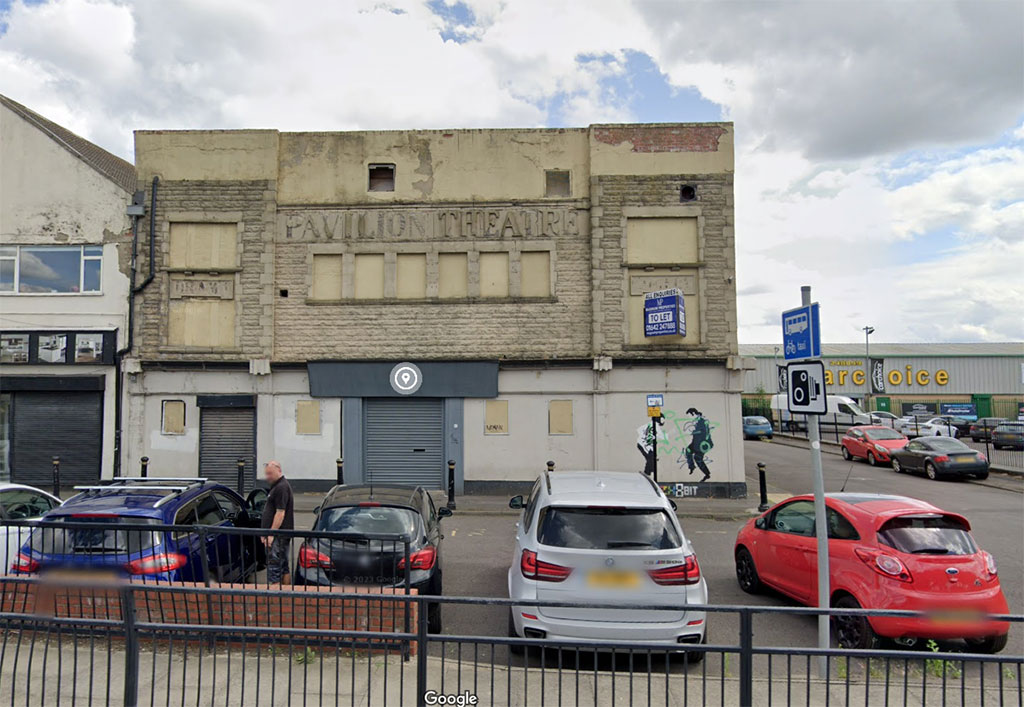
Middlesbrough Arena, the former Pavilion Theatre, today.
Today the building still stands, and you can see the original Pavilion Theatre name, as well as ‘Drama’ and ‘Comedy’ on the façade. It is not currently in use, however.
The Globe
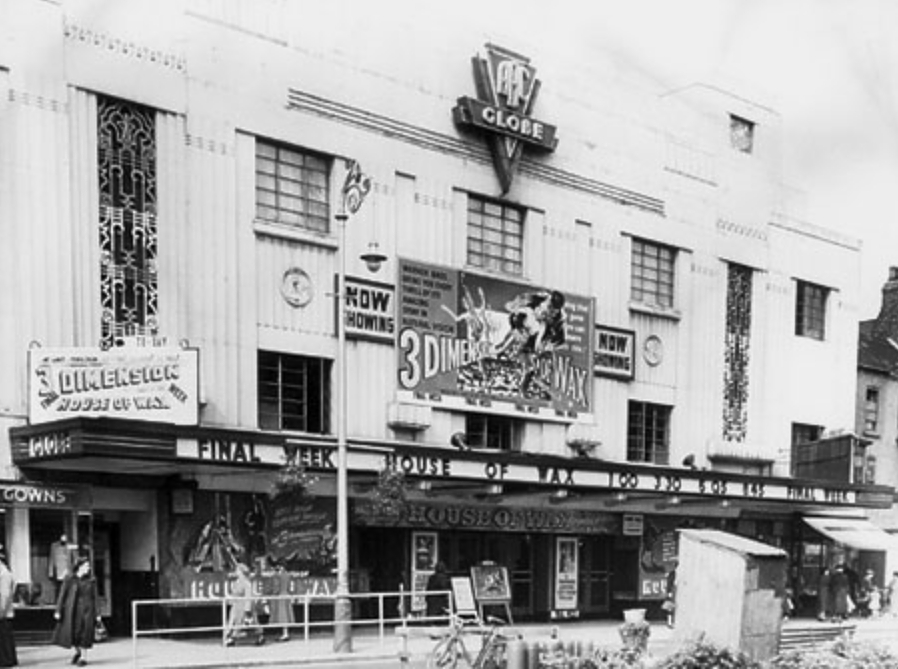
The Globe Theatre at the top end of Stockton’s High Street has been in existence since 1913. It was actually built as a cinema – the first purpose built example in the region.
In 1925 it was knocked down and rebuilt. The same thing happened in 1935, introducing the current size and form, with its famous Art Deco façade and interior.
With over 2,100 seats, it was still a cinema upon this rebuild. However, with a stage and backstage areas it could also hold theatre and live music acts. This would eventually take centre stage, so to speak, with a series of well-known acts being lined up to perform.
Over the years – and particularly in the 1950s-70s – names such as Buddy Holly, Cilla Black, the Beach Boys, David Jones (Bowie), the Rolling Stones, Chuck Berry and Cliff Richard all performed here, among many others.
The Beatles performed at the Globe twice, including on the night John F Kennedy was assassinated in November 1963.
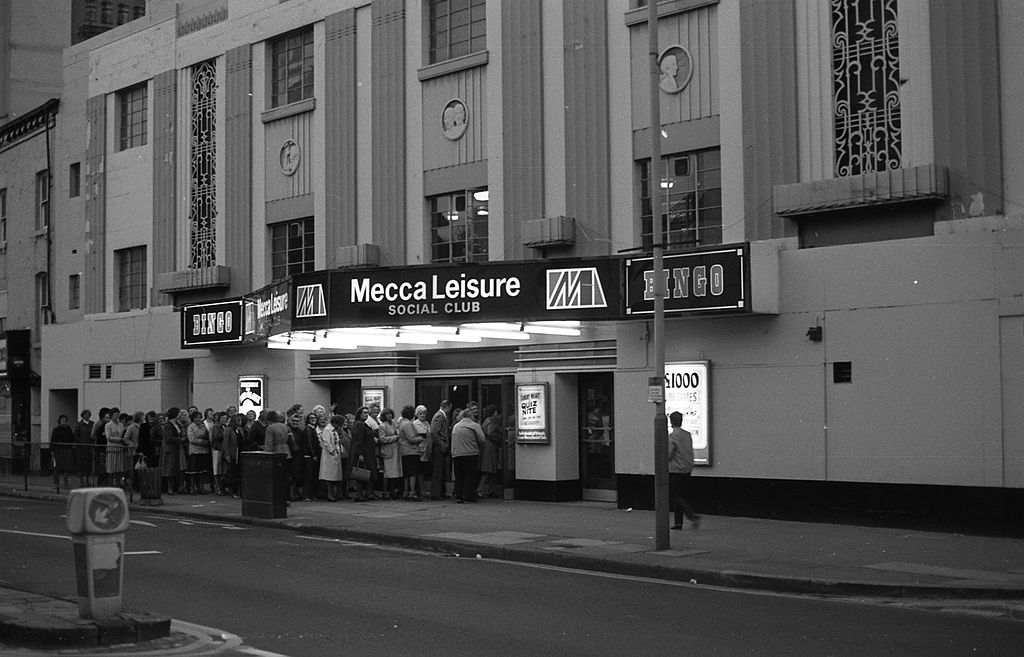
deargdoom57, CC BY 2.0 <https://creativecommons.org/licenses/by/2.0>, via Wikimedia Commons
The last music act performed in 1975, and the Globe became a bingo hall for many years, before closing in 1997 and remaining empty and decaying.


In 2010 it was announced that the Grade-II listed building would be rescued and reopened once again as a live entertainment venue. Eventually, after many delays and millions of pounds overspent, the Globe reopened again in 2021 and remains a popular venue today.
Tall Trees
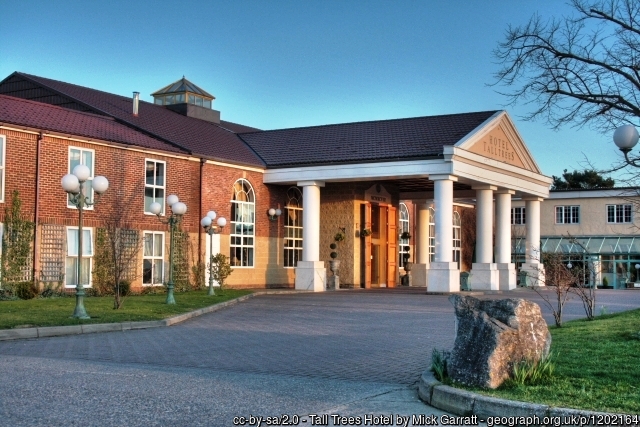
cc-by-sa/2.0 – © Mick Garratt – geograph.org.uk/p/1202164
One of the more recent venues to disappear from our region was Tall Trees – a hotel and nightclub near Yarm.
Originally a country house which was turned into a hotel in the 1960s, the venue expanded with a nightclub known as MacMillans.
This adapted into Club M, which was a nightclub known to many Teessiders, as well as the coachloads of visitors who travelled there each weekend. It was even known to attract celebrities and footballers.
As well as the hotel and nightclub, there was a popular spa and gym.
Tall Trees welcome many famous acts to play at club nights and other events over the years. However, fires in 2014 and 2017 damaged the property significantly and the decision was made to demolish the site.
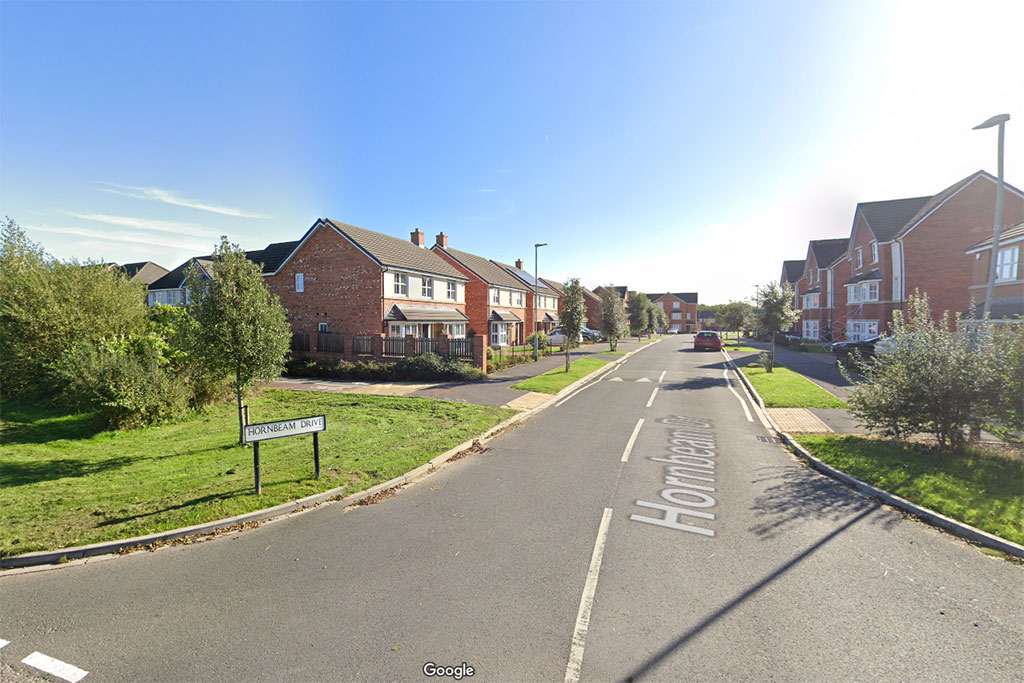
The Tall Trees site today.
Today, a housing estate has been built there.
Which was your favourite Teesside music venue? Are there any others missing from the list which you would add? Leave a comment below!

